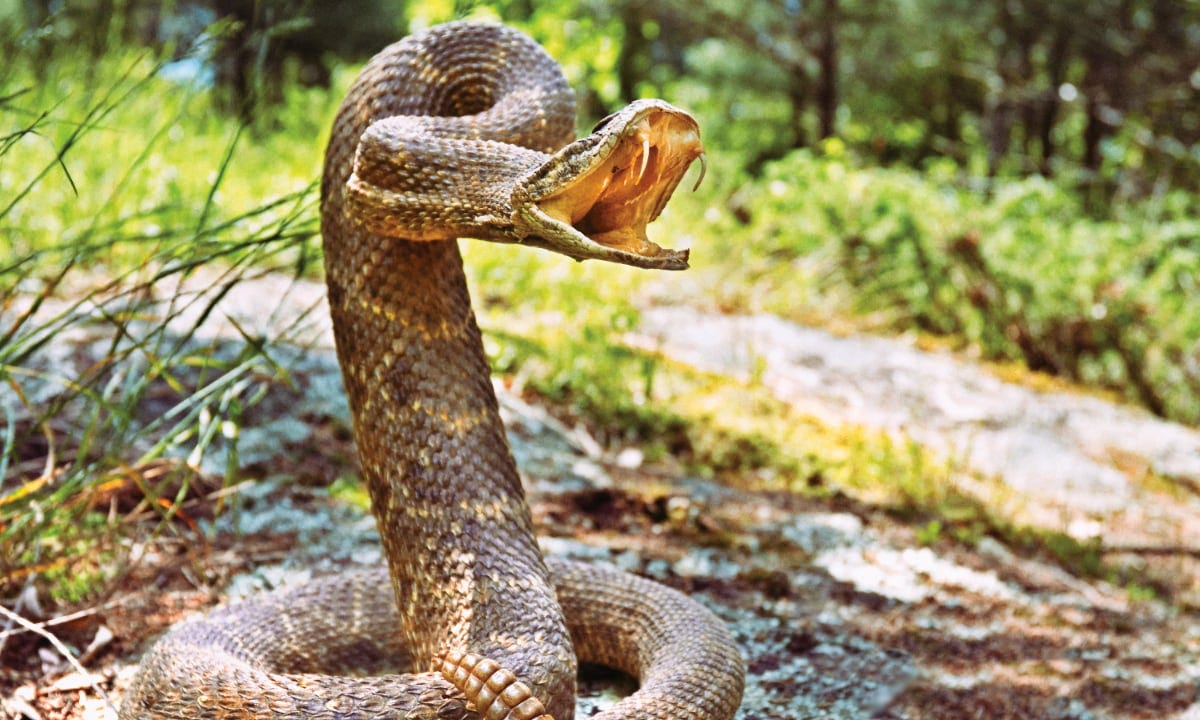Guns, God, Rattlesnakes and Covid
Striking without warning and shooting from the hip
“A rattlesnake that doesn’t bite teaches you nothing.” – author Jessamyn West, second cousin to Richard Nixon

Having grown up on the plains of Montana, I’ve had plenty of encounters with rattlesnakes and have lots of colorful stories about them. As a kid, I was told that if you were trying to shoot a rattlesnake, you simply needed to move your pistol in a steady circular motion. The snake would begin to follow with its head. Then just pull the trigger. You couldn’t miss.
This of course was complete nonsense. After missing five shots in a row with this method, fired at a menacing snake at close quarters, I used my sixth shot to simply take steady aim and fire, which worked perfectly.
Most of the rattlers I encountered made their presence known. Now, in South Dakota, one long time rattlesnake wrangler says he’s starting to see snakes with defective rattle musculature that strike without warning. Although few who study the snakes agree, he thinks it’s a genetic adaptation. Rattling gets you killed, so why bother? Just strike!
Lately, I’ve been thinking we’ve got an infestation of this new kind of silent but deadly rattlesnake, especially in government environs, but we’re the ones following them in circles with our heads, not the other way round. We’re easy prey.
The seldom used pistol of my youth was a 22 caliber long barrel magnum that looked (in my imagination) a bit like the mythical Buntline Special Wyatt Earp was alleged to have carried at the OK Corral shootout. But no matter how powerful your sidearm might be, you can’t shoot a reptile that stays silent until the venom is in your system.

Keep reading with a 7-day free trial
Subscribe to Reimagining Politics Magazine to keep reading this post and get 7 days of free access to the full post archives.

